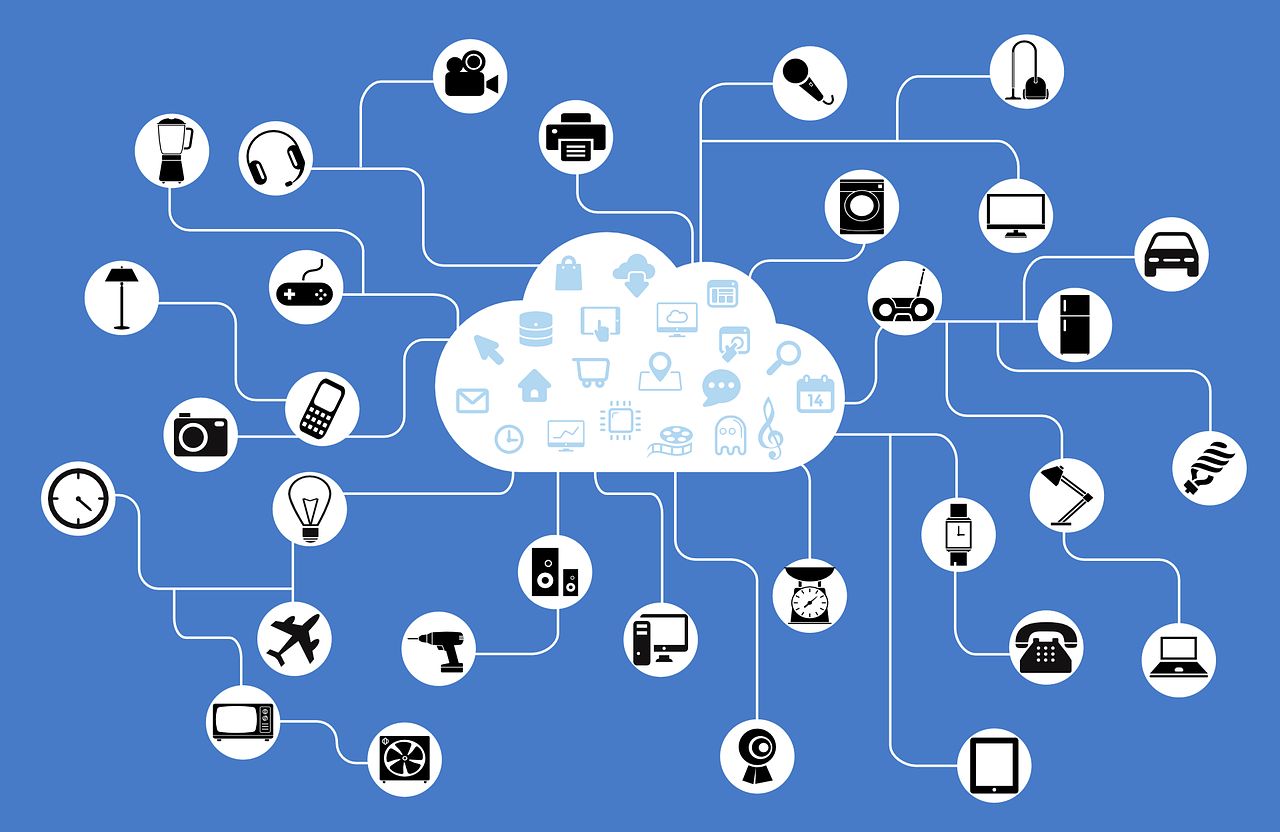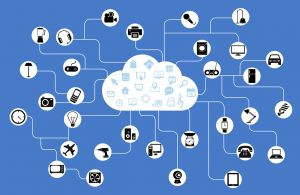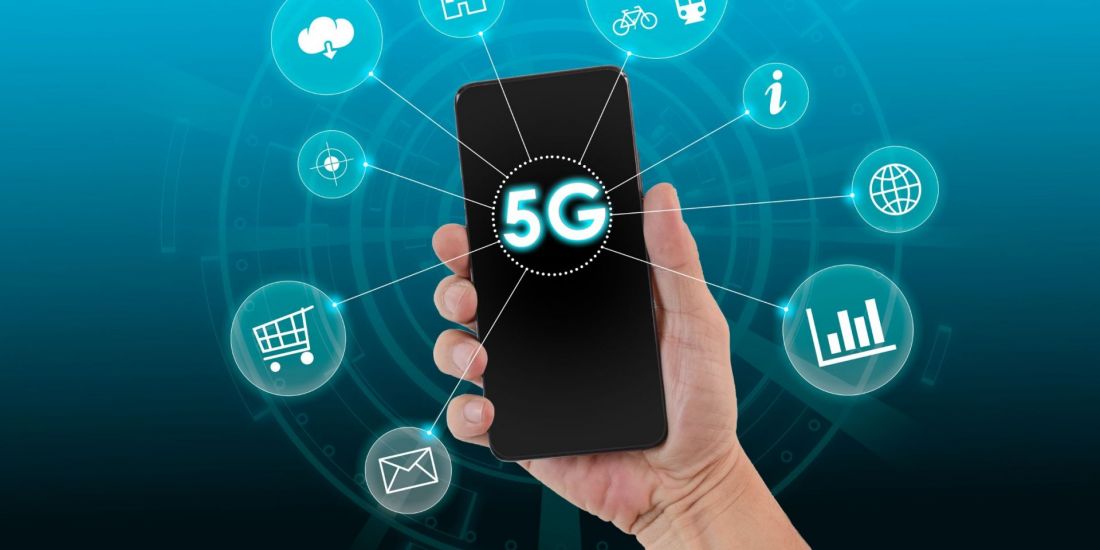
Internet of Things – Between myth and reality
 Internet of Things is re-engineering the world! With more than 300K searches on Google, per month and more than 4,500 tweets per hour, IoT is still a hot topic when it comes to driving innovations. However, Internet of Things doesn’t have a precise definition and can mean different things to different people.
Internet of Things is re-engineering the world! With more than 300K searches on Google, per month and more than 4,500 tweets per hour, IoT is still a hot topic when it comes to driving innovations. However, Internet of Things doesn’t have a precise definition and can mean different things to different people.
Internet of Things – Myth Buster
Well, I am not a myth buster per se, but I’ve decided to talk about a few myths surrounding this popular concept. So, let’s take a dive into the world of IoT.
- Will IoT affect security and privacy?
With all the connected devices and the vast amount of data that IoT devices can generate, we can say that security and privacy are the no.1 concerns. A Federal Trade Commission report states that less than 10,000 households can generate 150 million different data points, every day. That means that hackers have 150 million entry points at their sole discretion.
So, yes, IoT can affect security and privacy unless your software applications and network connections have a built-in security framework.
- Is it all about sensors? I’ve discussed in my previous article that moving Cloud Computing closer to sensors brings many benefits to IoT such as: increased responsiveness, decreased latency and streamlined processes. However, IoT is not just about sensors, but also about maintenance, support, and management of all connected devices.
- Is Internet of Things (IoT) a Machine to Machine (M2M) in disguise? Certainly not! Machine to Machine is IoT’s engine that provides the connectivity it needs to make all things happen. So it would be fairer to say that M2M is the supportive little brother of IoT
- Will there be a uniform IoT Standard? No! At least not yet. Internet of Things has multiple standards such as the IPv6 communication protocol, 802.15.4 wireless protocol, and embedded control protocols like MQTT, which are dedicated to each market.
- Is Internet of Things relying solely on cellular networks? An estimation made by Freescale Semiconductor estimates that by 2020, IoT will help to drive 22 times more data traffic as of today. This means that the bandwidth that Internet of Things requires will be soon suffocated by all the data and could collapse. So, relying just on cellular networks is not an option for IoT, which will require more innovative software and networking solutions.
- Is it all about intelligent data distribution? 100% yes! Transferring the right data, at the right time from the right device across an unreliable network requires intelligent data distribution. At the end of the day, it is intelligent data distribution that makes IoT accurate, scalable, and up-to-date.
Myth or Reality, the challenges that Internet of Things is bringing to the table are constantly evolving and nobody knows what new challenges the next years will bring. Still, it would be interesting to share your ideas!
Photo source: https://pixabay.com






Alex Pastore
Very well explained article Rick! The latest change of IoT is completely going to change the way businesses market themselves. The basic concept is to focus on the intelligence behind the data. From collecting reliable data to leveraging it, how you do it, determines the success.
Alex Pastore